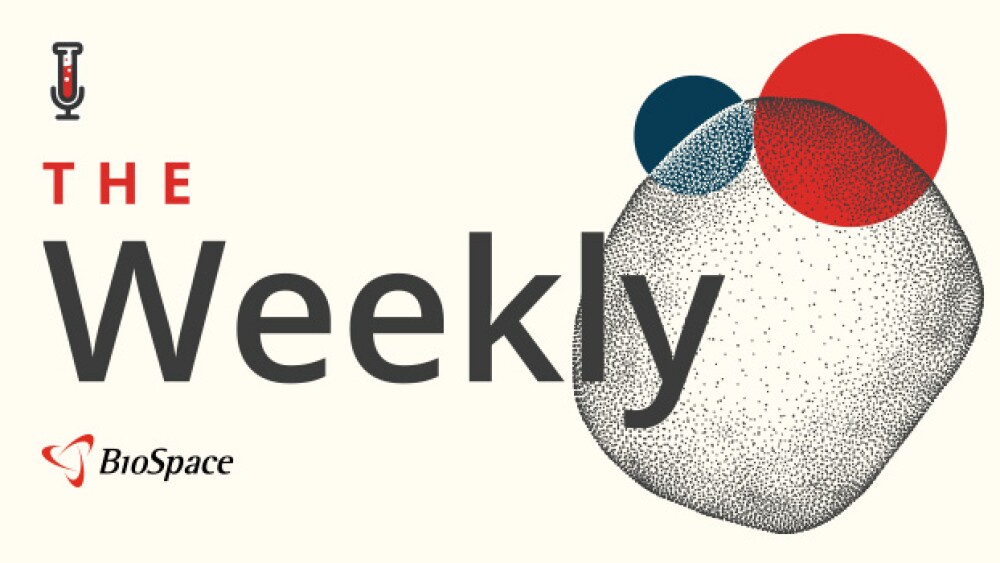OLN324 targets both VEGF and Ang2, the same mechanism of action as Roche’s Vabysmo, the Swiss giant’s multi-blockbuster treatment for wet macular degeneration and diabetic macular edema.
Ollin Biosciences has come out of stealth aiming to advance novel bispecific therapies for eye diseases with $100 million in capital.
The cash will be used to develop its lead asset OLN324, an antibody that can target both the VEGF and Ang2 pathways. By blocking VEGF, the antibody prevents the abnormal growth of blood vessels in the eye, while targeting Ang2 helps stabilize eye vasculature.
This mechanism, according to Ollin, positions OLN324 for “best-in-class disease control” and a “differentiated, first-line standard of care profile.” Ollin is testing OLN324 at a higher dose than Roche’s Vabysmo, with an eye toward achieving “greater target coverage and the potential for extended treatment durability.”
Phase I data of OLN324 from a clinical trial based in China showed that the bispecific antibody elicited both visual and anatomic improvements. The asset was discovered by Chinese biotech Innovent Biologics, which is also participating in the further development of OLN324. Ollin is running a Phase Ib program for the molecule in the U.S., enrolling more than 150 patients with wet age-related macular degeneration (AMD) or diabetic macular edema (DME). Topline data are expected in 2026.
The funds were raised by a group led by ARCH Venture Partners, joined also by Mubadala Capital and Monograph Capital.
In a prepared statement on Wednesday, Charles Wykoff, chairman of research at the Retina Consultants of America, said that the strength of Vabysmo’s uptake “underscores the interest from retinal specialists and patients for new medicines offering improved outcomes by targeting more than one driver of the disease.”
Details about Ollin are still somewhat under wraps. The company appears to have existed as far back as 2023, when Jason Ehrlich was listed as the company’s CEO at an ophthalmology conference, according to reporting from Fierce Biotech. Ehrlich is the former CMO of Kodiak Sciences. A number of former Kodiak employees list themselves on LInkedIn as employed now at Ollin dating back to summer 2024.
Vabysmo was first approved in January 2022 for wet AMD and DME, then again in October 2023 for retinal vein occlusion. The product has since become a strong contributor to Roche’s earnings, bringing in 2.357 billion Swiss Francs ($2.96 billion) in 2023. Last year, Vabysmo sales surged 68% to hit 3.864 billion Swiss Francs ($4.85 billion).
Vabysmo’s entry into the market has challenged even one of the industry’s most entrenched eye disease franchises, Sanofi and Regeneron’s Eylea, eating into its sales as early as late-2023.
Aside from OLN324, Ollin is also working on OLN210, a first-in-class bispecific targeting both TSHR and IGF-1R pathways for thyroid eye disease and Graves’ disease, an autoimmune disorder targeting the thyroid and which causes bulging eyes and double vision, among other symptoms. Originally developed by Shanghai-based VelaVigo, OLN210 is set to start clinical development by 2026, as per Wednesday’s release. Ollin licensed the molecule from VelaVigo in April in a deal worth up to $440 million total in upfront payments as well as developmental, regulatory and commercial milestones.






